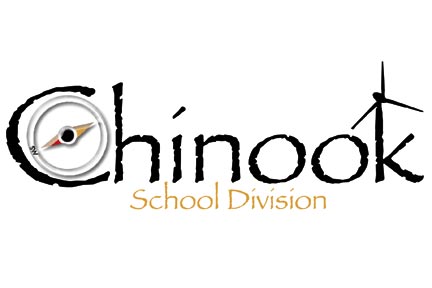While the school bell may not hustle children back into their classrooms on Monday morning, student across the Southwest will be able to resume modified school work from their homes.
As of Monday, the Chinook School Division is kicking off a Learning At Home session for students for the next two months, with children able to enjoy some normal educational activities in the midst of COVID-19 precautionary measures.
Kyle McIntyre, Chinook’s Director of Education, noted that ever since the indefinite suspension of school last month, teachers throughout the division have been diligently planning to continue to deliver program opportunities for students. Over the last three weeks in particular, teachers have been taught different technologies and different methodology for working with children.
“Our educators have been busy at home preparing physical units, or cyber units, or electronic units, so that when kids and teachers return to the classroom as we now know it on Monday (April 20) they’re going to have supplemental and ongoing learning opportunities ready,” McIntyre said during a phone interview this past week.
“We have really changed our whole pedagogical approach in a matter of three weeks. We have really forced a lot of people outside of their comfort zone where they’ve had to learn about new methodology, or new technology, or really find a way of unpacking the essential outcomes for every curriculum so that we can continue to support kids while they’re at home learning.”
McIntyre explained that students will benefit from the additional learning opportunities they will be participating in while at home.
“We all know the value of education. And the thing about education is that a lot of key learning elements are building blocks for future learning, whether it’s in mathematics or whether it’s in literacy or whether it’s in humanities. A lot of the ways that we acquire knowledge and a lot of the building blocks of knowledge are required for future learning and for future opportunities in our society. School is probably one of the most important institutions we have in society. And it’s not fair to expect people that aren’t trained professionals to deliver programming, although a lot of our families have probably done an excellent job since kids have been outside of school. But we need to assist those families to assist kids so they can meet those key learning outcomes in every single subject.”
He added that one of the pleasant consequence of schools being closed is the chance teachers have had to connect with families outside of the classroom. Earlier this month teachers called parents and families directly to make contact with students and begin sharing details on how students will be supported during the coronavirus pandemic.
“An unintended outcome of COVID-19 is that it has really solidified the partnership between home and school,” McIntyre said. “I’ve had so much positive feedback this past week from families whose parents have reached out and have contacted them and their children. It has been absolutely remarkable. A real positive, unintended outcome for sure.”
The plans to reach out to students includes a number of educational approaches.
“Not every single one of our families and every one of our children has access to technology, so the response is multifaceted. There are electronic documents. There’s Google Classroom. There’s Google Meet. There’s our Cyber School. And then we’re also preparing some physical learning packages that we’ll send home once every two weeks.”
He noted that they are using some bus drivers to deliver physical supplemental learning packages in Swift Current, Shaunavon, plus to a number of rural communities.
And while all students have already been progressed to the next grade in September 2020, students in the upper grades were obviously not satisfied with having a five month break from classes.
He estimated that a full 94 per cent of High School aged students chose to continue with supplemental or ongoing learning.
“That number kind of surprised me because I was anticipating that we might have about 60 or 70 per cent of our families – probably everyone from K to 9 and maybe not as great an uptake at the high school level,” he said.
McIntyre attributes the strong desire by families and student to continue learning to the strong focus the Southwest puts on education.
“We’re fairly fortunate in Southwest Saskatchewan, every community I’ve lived in in the Southwest, education has always been a priority. So I think that’s a fairly special characteristic that we have in Southwest Saskatchewan is that our communities do support education, our families do work in partnership with our schools, our staff are very dedicated and often go above and beyond.”
More information about Chinook Learning at Home is available by visiting www.chinooksd.ca.





